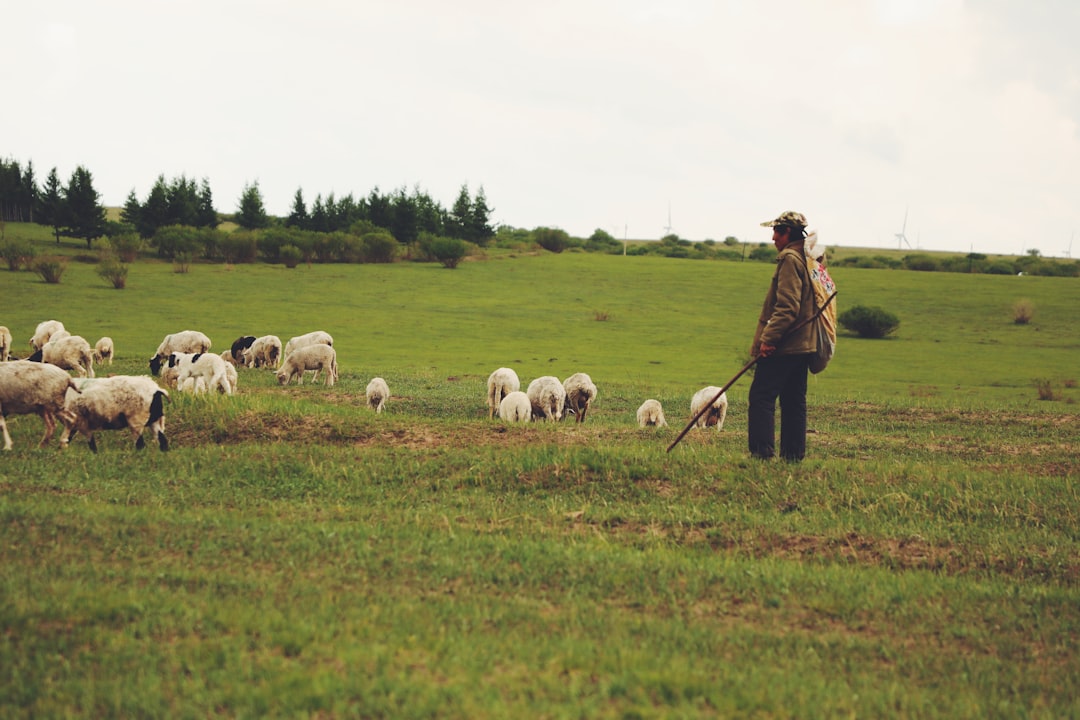What is it about?
This article examines the way that Basma Alsharif, and several other Palestinian filmmakers, deal with contradictions in the experiences of visibility, time and space. The contradictions are rooted in Palestinian history and lived experience and are negotiated in the films to raise questions that have implications for how we think about nationalism, identity, and the representation of suffering.
Featured Image

Photo by nour tayeh on Unsplash
Why is it important?
Palestinians face ongoing erasure and a reduction to one-dimensional victimhood in our current moment. Film offers a space of contemplation where we can reflect on the unlivable conditions of Gaza while refusing to reproduce dominant media narratives or to represent the Palestinian altogether. These films help us to wrestle with the complexity of Palestinian experience, while connecting it to other histories of genocide and occupation. In the audiovisual space of Alsharif's Ouroboros, Gaza's isolation is lessened through its connection to diverse times and spaces.
Perspectives
This article was the seed of my forthcoming book Decolonial Imaginaries in Palestinian Experimental Film and Video: Postnational and Feminist Aesthetics (Routledge). These films have deepened my understanding of and respect for Palestinian resilience and wisdom, while also teaching me about the importance of solidarities across borders. I hope you enjoy reading about them.
KRISTIN HOLE
Portland State University
Read the Original
This page is a summary of: Visual, Spatial and Temporal Aporias in the Post-Palestinian Films of Basma Alsharif, Middle East Journal of Culture and Communication, October 2023, Brill,
DOI: 10.1163/18739865-tat00010.
You can read the full text:
Contributors
The following have contributed to this page










